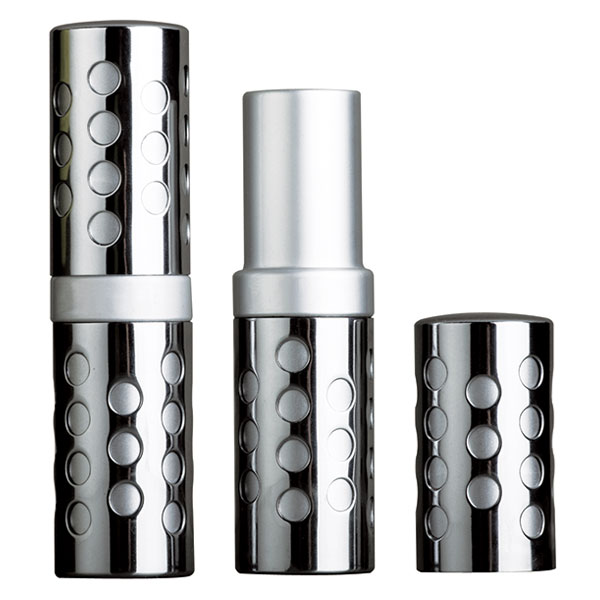One, Appearance requirements 1. Product components: the […]
One, Appearance requirements
1. Product components: the requirements must be consistent with the sealed samples and must not be missing. There must be no flash, burrs, sharp edges, to prevent sharp, piercing hands, which may cause human injury, or affect the use of functions, product incompleteness, and seriously affect the overall appearance.
2. Material requirements: the same as the sealed sample, and the material should not be changed at will.
3. Flow mark (weld mark): within one arm of the eye, the visual observation is obvious (should be within the limit).
4. Gap: For comparison samples, the gap between the cap and the bottle shall not exceed 1mm.
5. Breakdown: The breakup should be within the limit, and there should be no obvious sensation of scratching when touched by human hands.
6. Damage: The container is ruptured (damaged), unable to fill the inner material, and has affected the function and overall appearance. There should be no dents, bruises, strains, scrapes, scratches, minor cracks, etc., within one arm of the eye, the visual inspection should not be obvious, and the product logo should not be affected, and it should be within the limit.
7. Hygiene: There are foreign bodies, impurities, hair, oil stains, stains, dust and other pollutants on the contact surface of non-cosmetic materials (mold, blood stains, insect damage, hair on the contact surface of cosmetic materials, etc.)
Two, Printing requirements
1. Hot stamping/printing adhesion: Use 3M-810 tape to stick it for 1 minute and then pull it off quickly at an angle of 45° to 90°. There should be no obvious peeling off so that the bottom is exposed, and the font should be clearly visible.
2. Electroplating/spraying adhesion: Use a utility knife to draw 4-6 squares about 0.2cm in length on the electroplated/sprayed part (scratch the electroplated/sprayed coating), use 3M-810 tape After sticking to the grid for 1 minute, pull it off quickly and firmly at an angle of 45°~90°, without falling off.
3. Color difference: the color should conform to the standard sample, and should be uniform, and should not exceed the color limit range
4. Surface treatment: electroplating, spraying, dot or linear exposure, pitting, etc., should be within the limit
Three, Functional requirements
1. Opening force: Pull up the closed plastic box with a tensioner. The opening force of the button-type powder box should be within 300g-2000g, and the snap-in type should be within 300g-1500g.
2. Front buckle function (press-type front buckle only): It cannot be opened by hand directly. When the front buckle button is pressed by hand, the toner cartridge can be opened.
3. Anti-fatigue test of the front buckle (tested at the development stage or when the supplier is changed): The toner cartridge is closed and opened 300 times according to the way consumers use. The opening force of the front buckle should meet the requirements and must not be damaged or broken.
4. Lid positioning test: It should be able to be positioned at any angle between 45-130 degrees when opening and closing (except for large toner cartridges with more than double layers).
5. The back twist is too tight: When opening and closing, the back twist must not be too tight or make a noise.
6. Drop test: Falling to the cement floor at a high level of 76cm, there are parts cracked, broken or malfunctioning.
7. Part separation force: should be ≥4Kgf (39.23N), and snap-on buttons and connectors should be ≥2Kgf (19.6N).
8. Powder grid capacity: the powder grid is too small to fit the aluminum plate, the powder grid is too large, and the gap is too large after the aluminum plate is placed.
www.aluminumlipsticktube.com
